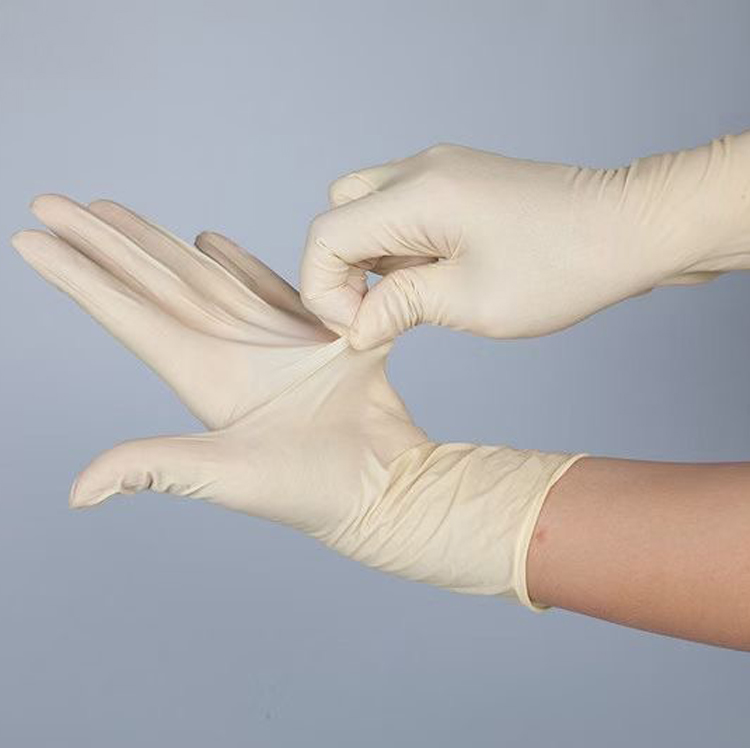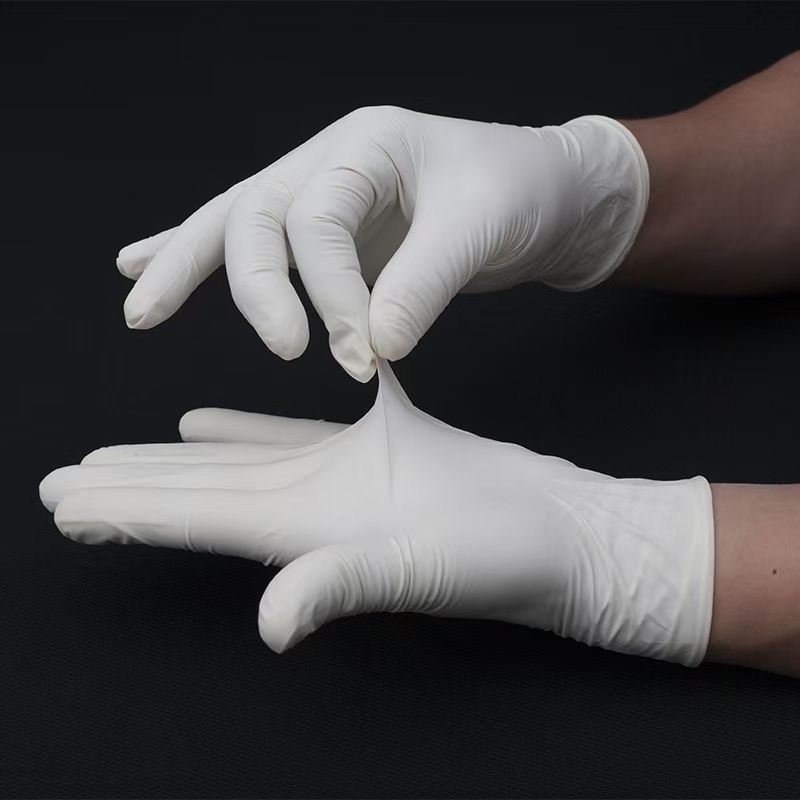Celery is suitable for applying more nitrogen fertilizer, but it is not suitable for topdressing urea. Celery requires a large number of facilities and vegetables during the whole growth period, which has the advantages of high economic efficiency and annual supply, and is therefore favored by the majority of vegetable farmers. However, in some areas where development facilities are cultivated earlier, soil salt is too high, which often results in irregular seedlings or yellowing and wilting after planting, which seriously affects the efficiency of vegetable production.
The reasons for the increase of soil salt concentration in greenhouse vegetables are as follows:
1. The greenhouse is a closed environment, which is not affected by rainfall. The soil moisture moves downwards less, and the fertilizer remaining in the soil is hardly leached. At the same time, the water rising movement is relatively strong, thus strengthening the accumulation of salt to the soil surface. To increase the salt concentration of the plough layer.
2, the amount of fertilized vegetables in greenhouses is generally far more than open field cultivation, and some even 4 to 6 times higher. In addition to the absorption of some of these fertilizers, a large amount of fertilizer remains in the soil, resulting in the accumulation of salts.
3, other cultivation measures such as shallow tillage, soil watering, surface fertilizer application, can increase the concentration of salt to the topsoil.
The prevention and control of soil salt damage in greenhouse vegetables can take the following five measures:
1. Formulated for fertilization. According to the fertilizer requirement and fertilizer utilization rate of vegetables, the fertilizer is planned, and a small number of multiple fertilization methods are adopted to prevent excessive fertilization at one time. At the same time, pay attention to the type of fertilizer, and use the chlorinated fertilizer with strong salt-producing ability in the soil.
2. Cover cultivation. Covered with soil surface to reduce water evaporation. Such as mulch film, straw and other coverings have a certain salt suppression effect.
3. Irrigation and washing of salt. For soils with high salinity, it is best to irrigate the water before transplanting the vegetables. Especially in the high temperature season, it takes about 10 days to irrigate.
4. Choose vegetables with strong salt tolerance. According to experts' observation of some vegetables, the order of salt tolerance from strong to weak is: broccoli, lettuce, spinach, eggplant, celery, tomato, sweet pepper, cucumber, and strawberry has the worst salt tolerance. Therefore, in soils with high salinity, vegetables with high salt tolerance should be planted to prevent salt damage.
5. Implement water and drought rotation in the facility. After planting the greenhouse vegetables for a period of time, the aquatic vegetables such as water spinach, white peony, medlar, sage, and wet cress can be rotated in the greenhouse. The long-term irrigation can effectively reduce the salt content of the ploughed soil.
Disclaimer: Some articles on this website are transferred from the Internet. If legal rights of third parties are involved, please inform this website. phone
Classification by use
Acid and alkali resistant gloves, electrical insulating gloves, radiation protection gloves, medical gloves and other rubber gloves.
According to the rubber raw material or manufacturing process, it is divided into Latex Gloves and molded gloves.
Acid and alkali resistant gloves should be able to be used in sulfuric acid (density 1.32) or caustic soda solution (density 1.19) at 45°C. Electrical insulating gloves are divided into two types: high voltage and low voltage. High voltage can be used below 6000 volts (test voltage is 12000 volts). Low voltage can be used below 1000 volts. Medical gloves are divided into two types: light surface and wool surface (hair surface gloves or wrinkled gloves).
Sort by material
According to the material, it is generally divided into plastic disposable gloves, latex disposable gloves, and nitrile disposable gloves;
Among them, plastic film gloves are generally used in non-professional occasions. The advantage is that they are cheap, but because plastic disposable gloves are not elastic, their durability and suitability are relatively poor;
Latex gloves are usually used in professional occasions, such as operating rooms, laboratories and other places that require high sanitary conditions. The advantage is that they have a certain degree of elasticity and are more durable, but they are not resistant to animal oil corrosion, and are easily corroded by contact with animal oil. More importantly, according to statistics, 2%-17% of people will have varying degrees of allergy to latex.
Nitrile Gloves, in addition to having the characteristics of latex gloves and improving the shortcomings of latex gloves, can first withstand the corrosion of animal oils and fats, and will not cause allergies.




Disposable Gloves,Pink Disposable Gloves,Disposable Rubber Gloves,Black Latex Disposable Gloves
Jiangsu Asbao Medical Technology Co., Ltd. , https://www.iigloves.com